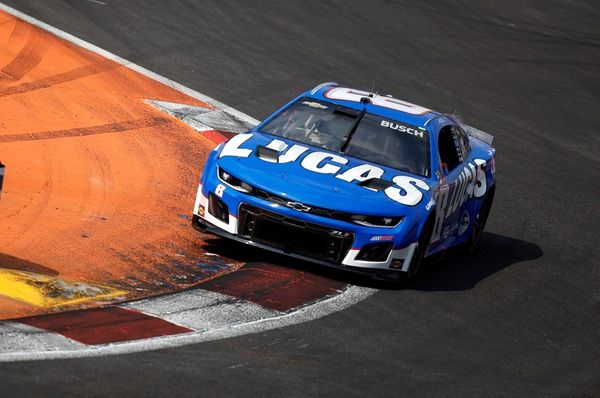
While the Maharashtra Pollution Control Board (MPCB) ranked Mithi as the most polluted among eight rivers in the state in 2018 in the recently released Maharashtra Economic Survey Report, officials claim they are expecting substantial improvement in the next few years, with several agencies working towards improving the quality of water.
The 17.84km river, which meets the Arabian Sea at Mahim creek, starts at the Vihar and Powai lakes and passes through several areas of the city’s suburbs. “The rejuvenation of Mithi River is being taken with utmost seriousness by deploying numerous resources to ensure all water quality parameters are within Central Pollution Control Board (CPCB) safe limits,” said Sudhir Srivastava, chairman, MPCB. “Various state agencies and government departments are working in tandem with the state chief secretary overlooking efforts. We expect substantial progress over the next couple of years.”
The Supreme Court (SC) is likely to discuss the progress on Mithi river rejuvenation on July 7, the next date of hearing.
Recently, environment minister Ramdas Kadam and Yuva Sena chief Aaditya Thackeray announced that Mithi river rejuvenation will be completed within two years. “There has been significant improvement in the condition of Mithi river since the 2005 (floods that killed over 1,000 people, due to the deplorable condition of the river), with removal of encroachments, building bridges, widening of the river, and overall clean-up and rejuvenation efforts,” said Kadam.
According to the economic survey, faecal coliform content – indication of human and animal excreta — in Mithi River was almost 15 times the safe limit, while the level of biochemical oxygen demand (BOD) –oxygen level that aquatic life needs for survival – was almost five times the safe limit.
According to the Maharashtra environment department, the total cost to rejuvenate Mithi river stands at ₹2,136.89 crore. Of this, money spent on work completed such as building of five of 12 bridges, widening of the river bed and erecting retaining walls, removal on encroachments (4,388 of 6,138 slum encroachments removed), construction of service roads, and desilting activities has cost the state ₹1,156.75 crore so far. The remaining ₹980.14 crore will be utilised over the next two years to build sewage treatment plants (STP), sewage channels, bunds to prevent sea water ingress, and 10-foot high fences along the river banks.
Apart from Mithi, Mula Mutha river in Pune was also one of polluted rivers, the survey report stated. The three cleanest rivers in the state were Savitri, Godavari and Darna.
“Water quality across 20 other rivers, including Mula Mutha, Patalganga etc. will also be improved, as we have approached the Centre for funds specifically for river rejuvenation,” said Kadam.
In December last year, a report prepared by IIT-Bombay and NEERI, along with two independent experts, submitted before the SC said encroachments, reclamation, indiscriminate dumping of industrial effluents and solid waste had made Mithi ‘an open drain’, and consequently left the city vulnerable to a deluge similar to the one on July 26, 2005.
“The current measures pursued by the Maharashtra government are directed more towards siphoning off funds rather than looking at the river’s revival in a holistic manner,” said Stalin D, director, Vanashakti and petitioner at the SC.
First Published: Jun 24, 2019 00:14 IST







